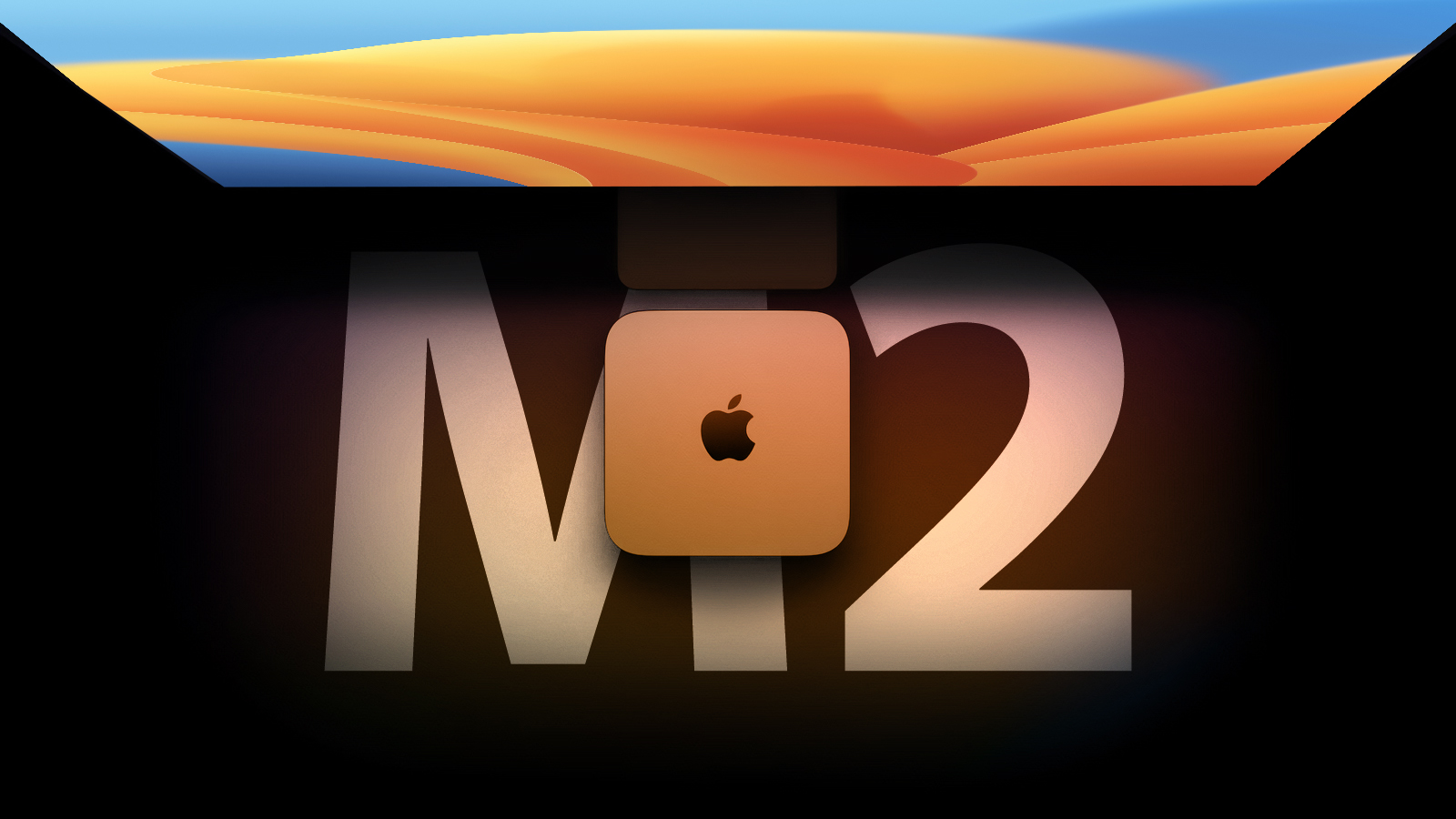Yet I think the Mac Mini M2 Pro and possibly room for an M2 Max is possible in the lineup.
There's a gap in the lineup at ~$1400 for a M
x Pro small-form-factor desktop (whether it's a "Mini" or a "Studio" comes down to the size of the heatsink... a M
x Pro mini without the extra ports supported by the Pro SoC would be silly) but I don't think it will happen with the current, transitional processor lineup.
First - the big sellers for the M
x Pro/Max series are going to be the MacBook Pros, and Apple's priority will be to launch those and fulfil the initial surge of orders before putting them in lower-selling desktops.
Maybe they'll come out Real Soon Now, 1 year after the last MBPs, but nobody will be sending out a search party until the current models are 18 months old - and it's also vaguely plausible that Apple could leave them until 3nm chips are available.
Second - any reasonable guess at the specs of a "M2 Pro" would have it's faster CPU cores beating the
M1 Max at single and multithreaded CPU tasks, and it's faster/additional GPU cores giving at least the 24-GPU M1 Max a run for its money. It would be odd (and annoying) if, 6 months after the Studio Max was released, it was beaten by a cheaper Mac Mini Pro. That problem goes away once the Studio gets M2 Max/Ultra - but I don't think that's going to be soon,
That said, one of the annoying things about Apple's Mac (and iPad) range in the past is that they don't seem able/willing to keep the whole range up to date and in step, so who knows...
Longer term - and depending on what happens with the Mac Pro - the whole Mini/Studio/Pro range might get rationalised.
Why this could work today and never worked with the 2013 Mac Pro?
I think that's an important question - in many ways the Mac Studio is the 2013 Mac Pro "perfected". I would add some other reasons why the :
1. They let the previous Mac Pro "cheese grater" die before even announcing the trashcan - the last update had been met with derision and it had been
discontinued in Europe for a year by the time the Trashcan came out. So users were forced to buy a radically different machine before they were ready. This time round, the 2019 MP is still available, reasonably up-to-date, has seen some updated GPU options (and could easily get a CPU update) and the Studio is being offered as an alternative. Yes, it's still Intel, but I think that (or AMD) is still the best choice if you want a "big box'o'slots" machine and trying to force Apple Silicon to do a Xeon/Threadripper's job would be a mistake.
2. The Trashcan never saw an update - apart from rotating out the base model - partly because Intel/AMD never produced new chips that would have worked with the thermal design (that's according to Apple - the only flaw that they really acknowledged). With the Studio, Apple controls the processor and GPU design, so for that to happen again would be... carelesss.
3. The design
relies on Thunderbolt, and Thunderbolt 3/4/USB 4/USB-C are somewhat better established now than in 2012. The need for PCIe hasn't gone away, but it is shrinking. Apple still have to prove that Apple Silicon GPUs can beat external PCIe/MPX GPUs at the Mac Pro level - but at least they have an argument now.
4. I think the final demise of the Trashcan involved a lot of internal politics and mishandled relationships with key developers. You could see the blood on the carpet at that 2017 press briefing. My speculation is that the iMac Pro was intended to become the "new 2017 Mac Pro" - it would have been at an advanced stage of development at that time, just about ready to show to key partners (who probably laughed it out of the house).
I'm not saying it is going to happen - but it might be quite sensible for Apple to keep the 2019 Mac Pro supported and up-to-date and keep Apple Silicon for the sort of laptop/small-form-factor/FCPx Appliance applications that it excels at. My suggestion for an Apple Silicon "pro" Mac would be a Mx Max in a 1U rackmount form factor that could be clustered and racked up with storage, PCIe cages, A/V equipment via fast TB4 links.
Apple could make an ARM based "Xeon W Killer" with 2TB DDR5 RAM support and loadsa PCIe but it would be an expensive exercise, and a lot of the Apple Silicon advantage seems to come with unified on-package RAM and on-die GPUs.
They are running out of time to complete the Apple Silicon transition
The hand wavy "transition should take about 2 years" comment at the Apple Silicon announcement really doesn't commit them to anything. There have been one or two unexpected road bumps since then, but despite that they've got everything they need transitioned except the 2019 Mac Pro - and I think there's a possibility that the MP
won't get replaced. If the 2019 MP hadn't happened, the Studio Max/Ultra & matching displays would be a perfectly credible replacement for the Trashcan and iMac Pro.




